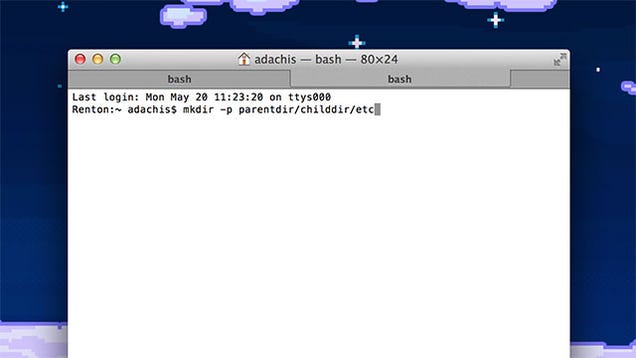PARTE1
 1 | Facebook
1 | Facebook3 - eBizMBA Rank | 900,000,000 - Estimated Unique Monthly Visitors | 3 - Compete Rank | 3 - Quantcast Rank | 2 - Alexa Rank | Last Updated August 1, 2015.
The Most Popular Social Networking Sites | eBizMBA
 2 | Twitter
2 | Twitter12 - eBizMBA Rank | 310,000,000 - Estimated Unique Monthly Visitors | 21 - Compete Rank | 8 - Quantcast Rank | 8 - Alexa Rank | Last Updated August 1, 2015.
The Most Popular Social Networking Sites | eBizMBA
 3 | LinkedIn
3 | LinkedIn18 - eBizMBA Rank | 255,000,000 - Estimated Unique Monthly Visitors | 25 - Compete Rank | 19 - Quantcast Rank | 9 - Alexa Rank | Last Updated August 1, 2015.
The Most Popular Social Networking Sites | eBizMBA
 4 | Pinterest
4 | Pinterest22 - eBizMBA Rank | 250,000,000 - Estimated Unique Monthly Visitors | 27 - Compete Rank | 13 - Quantcast Rank | 26 - Alexa Rank | Last Updated August 1, 2015.
The Most Popular Social Networking Sites | eBizMBA
 5 | Google Plus+
5 | Google Plus+30 - eBizMBA Rank | 120,000,000 - Estimated Unique Monthly Visitors | *32* - Compete Rank | *28*- Quantcast Rank | NA - Alexa Rank | Last Updated August 1, 2015.
The Most Popular Social Networking Sites | eBizMBA
 6 | Tumblr
6 | Tumblr34 - eBizMBA Rank | 110,000,000 - Estimated Unique Monthly Visitors | 55 - Compete Rank | *13* - Quantcast Rank | 34 - Alexa Rank | Last Updated August 1, 2015.
The Most Popular Social Networking Sites | eBizMBA
 7 | Instagram
7 | Instagram77 - eBizMBA Rank | 100,000,000 - Estimated Unique Monthly Visitors | 49 - Compete Rank | 145 - Quantcast Rank | 36 - Alexa Rank | Last Updated August 1, 2015.
The Most Popular Social Networking Sites | eBizMBA
 8 | VK
8 | VK97 - eBizMBA Rank | 80,000,000 - Estimated Unique Monthly Visitors | *150* - Compete Rank |*120* - Quantcast Rank | 21 - Alexa Rank | Last Updated August 1, 2015.
The Most Popular Social Networking Sites | eBizMBA
 9 | Flickr
9 | Flickr123 - eBizMBA Rank | 65,000,000 - Estimated Unique Monthly Visitors | 138 - Compete Rank | 139 - Quantcast Rank | 91 - Alexa Rank | Last Updated August 1, 2015.
The Most Popular Social Networking Sites | eBizMBA
 10 | Vine
10 | Vine581 - eBizMBA Rank | 42,000,000 - Estimated Unique Monthly Visitors | 237 - Compete Rank | 335 - Quantcast Rank | 1,172 - Alexa Rank | Last Updated August 1, 2015.
The Most Popular Social Networking Sites | eBizMBA
PARTE 2
Social Networks is an interdisciplinary and international quarterly. It provides a common forum for representatives of anthropology, sociology, history, social psychology, political science, human geography, biology, economics, communications science and other disciplines who share an interest in the study of the empirical structure of social relations and associations that may be expressed in network form. It publishes both theoretical and substantive papers. Critical reviews of major theoretical or methodological approaches using the notion of networks in the analysis of social behaviour are also included, as are reviews of recent books dealing with social networks and social structure.
The editorial criteria for acceptance will be based on the degree to which a paper makes a broad theoretical or methodological, and empirically relevant, contribution to the study of social networks. Acceptable papers may range from abstract, formal mathematical derivations to concrete, descriptive case studies of particular social networks. The editors are therefore particularly interested in papers that attempt to uncover the processes by which social networks emerge, evolve and have consequences for other aspects of behaviour. However, for reports of empirical research results, manuscripts must contain the following: a discussion of sampling, representation, and generalizability; a substantive foundation based on the social network literature; a consideration of social network processes; and feature meaningful data.
Benefits to authors
We also provide many author benefits, such as free PDFs, a liberal copyright policy, special discounts on Elsevier publications and much more. Please click here for more information on our author services.
We also provide many author benefits, such as free PDFs, a liberal copyright policy, special discounts on Elsevier publications and much more. Please click here for more information on our author services.
Please see our Guide for Authors for information on article submission. If you require any further information or help, please visit our support pages: http://support.elsevier.com





